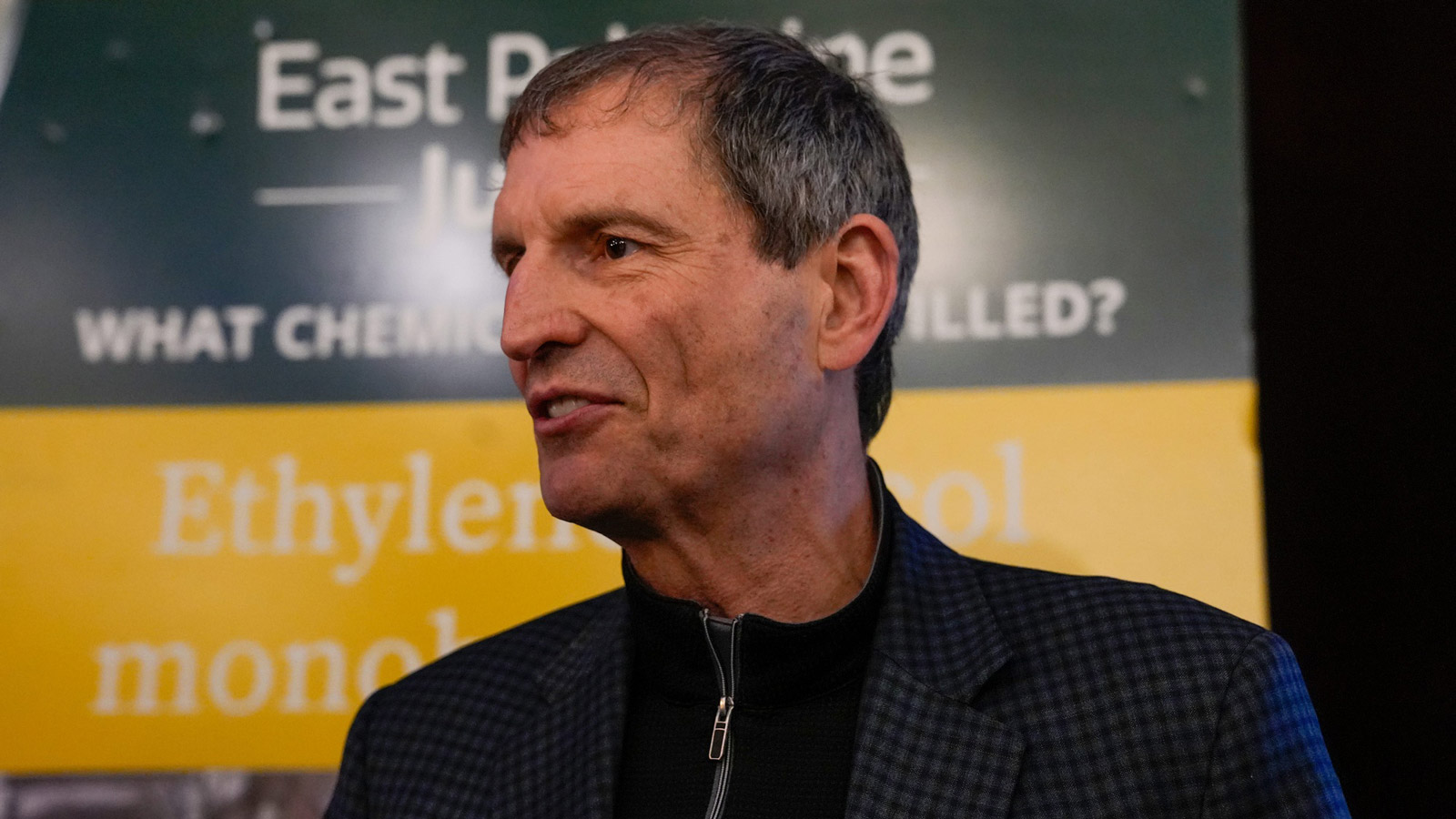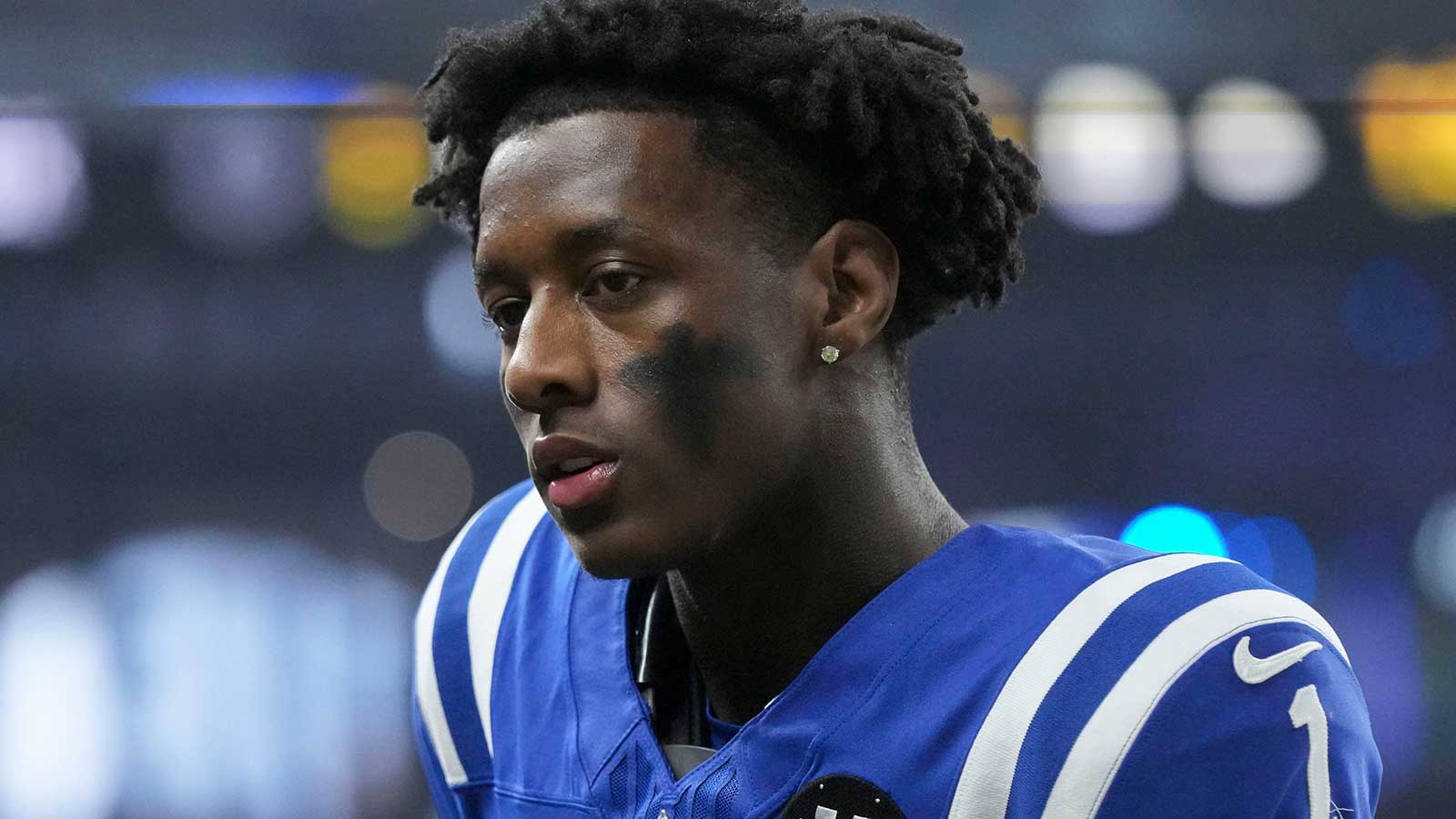Edgar Wright's “Scott Pilgrim vs. the World” brought Bryan Lee O'Malley's graphic novels to life with a burst of energy and an infectious blend of music, romance, and action. However, behind the film's final cut lies a world of creative decisions and alternate possibilities that were ultimately left on the cutting room floor. From nuanced character relationships to potential dream sequences, the movie's alternative endings and unexplored narrative paths offer a glimpse into the complex and multifaceted world of Scott Pilgrim. Here, we delve into the intriguing details of the Scott Pilgrim vs. the World ending we never got to witness.
The cast of Scott Pilgrim on the set

An Adaptation that Stays True
“Scott Pilgrim vs. the World,” directed by Edgar Wright, brought Bryan Lee O'Malley's graphic novel series to life with astonishing fidelity. The film masterfully captured the essence of the source material while infusing it with Wright's own unique style. A defining aspect of both the comics and the movie was the integration of music into the narrative. Each band featured in the film had its own distinct sound, thanks to musicians like Beck, Metric, and Broken Social Scene, who lent their talents to create the film's musical tapestry. This commitment to authenticity not only endeared “Scott Pilgrim vs. the World” to fans of the graphic novels but also elevated it as a music-driven cinematic experience.
Adapting the Unfinished Saga
When the filmmakers embarked on the “Scott Pilgrim” project, they faced an interesting dilemma. At the time of writing the script, only three of the six graphic novels in the series had been released. The final installment, “Scott Pilgrim's Finest Hour,” was yet to be published, leaving the creative team with a challenging task: how to conclude the story. To resolve this issue, Wright and screenwriter Michael Bacall engaged in discussions with Bryan Lee O'Malley, gaining insight into his plans for the future books. With this invaluable input, they crafted a screenplay that incorporated key plot points from the yet-to-be-released graphic novels, demonstrating their commitment to honoring the source material.
Breaking Up is Hard to Do
“Scott Pilgrim vs. the World” stands out for its honest portrayal of the romantic struggles faced by teenagers and young adults. Central to this theme is the exploration of the complexities of breakups, highlighting the painful, intricate, and occasionally toxic nature of parting ways. The film's alternate ending, in particular, presents a noteworthy perspective on healthy breakups.
In the theatrical ending, after Scott vanquishes Gideon Graves, he confronts not only Ramona's last evil ex but also Nega-Scott, his own dark doppelganger. Following these intense battles, the film concludes with Scott reunited with Ramona. Their departure into the unknown is both exhilarating and heartwarming. However, this ending wasn't the original plan.
The alternate ending offers a refreshing take on relationships. Instead of the drama that punctuates Ramona's past breakups, Scott and Ramona choose to part ways amicably. The result is a mature and respectful breakup, a portrayal of how people can navigate the end of a relationship with mutual understanding and growth. This alternative ending, in contrast to the conventional cinematic breakups, offers a more realistic and mature perspective on the complexities of human connections.
The Alternate Ending's Maturity
What makes the alternate ending of “Scott Pilgrim vs. the World” truly exceptional is its maturity. Throughout the film, it becomes apparent that Scott and Ramona's relationship is built on shaky foundations. Scott's infatuation with Ramona occurs before he truly gets to know her, and his impulsive decision-making raises questions about his suitability for a long-term relationship. Similarly, Ramona's history with her exes reveals shallow reasons for dating them.
In the alternate ending, Scott and Ramona part ways with civility and self-awareness. Both acknowledge their mistakes and accept their respective roles in the relationship's downfall. The scene provides a healthy model for breakups, highlighting the importance of introspection, accountability, and personal growth in the aftermath of a romantic entanglement.
The Power of Test Audiences
Interestingly, test audiences had a significant influence on the film's conclusion. Wright and the creative team originally favored the ending seen in theaters. Still, they were responsive to audience feedback, which indicated a divide in preferences for Scott's romantic fate. While Wright leaned toward Scott and Ramona reuniting, test audiences were equally split on whether he should end up with Knives instead. J.J. Abrams, a friend of Wright's, encouraged him to explore an alternate ending, sparking a revision of the film's conclusion.
The changes to the ending of “Scott Pilgrim vs. the World” brought it closer to the spirit of the graphic novels, although it wasn't a deliberate attempt to mirror the source material. It ultimately aligned the movie's conclusion with O'Malley's vision, staying true to the narrative even as it deviated from the comics.
An Unshot Alternate Ending
Interestingly, there was another alternate ending that never made it to the screen. It was a concept so radical that it was intended solely as a DVD extra. In this unrealized ending, the entire film would be revealed as a dream, with Scott portrayed as a delusional and homicidal figure responsible for the deaths of seven people. However, due to time constraints, this concept was never filmed.
In the end, “Scott Pilgrim vs. the World” remains a testament to the dedication of its creators to the source material, their willingness to adapt to audience feedback, and their desire to deliver a film that resonates with authenticity and emotional depth. It serves as a reminder of how different perspectives on a story's conclusion can bring new dimensions to a beloved tale, making it more engaging and thought-provoking for fans and cinephiles alike.



















